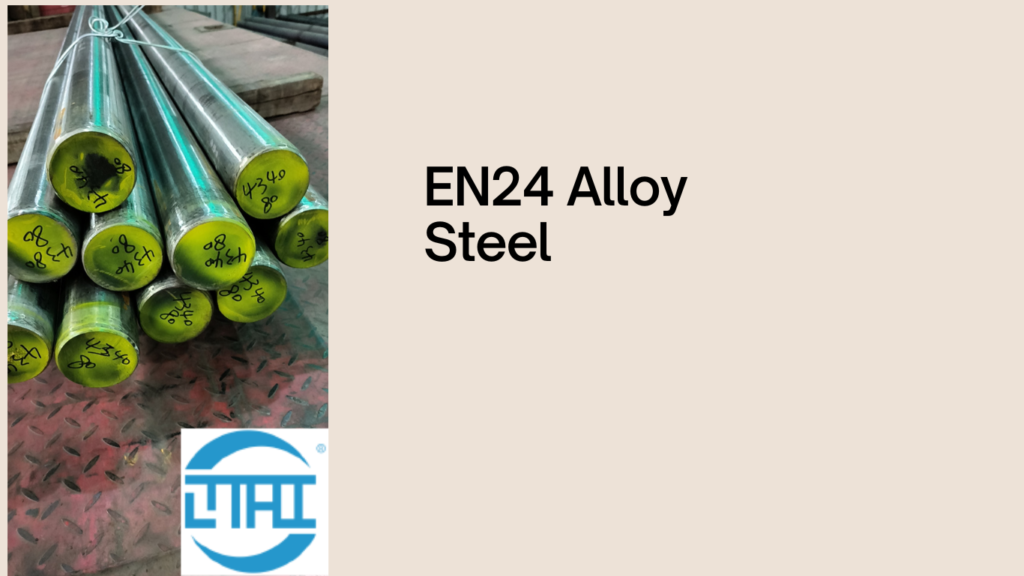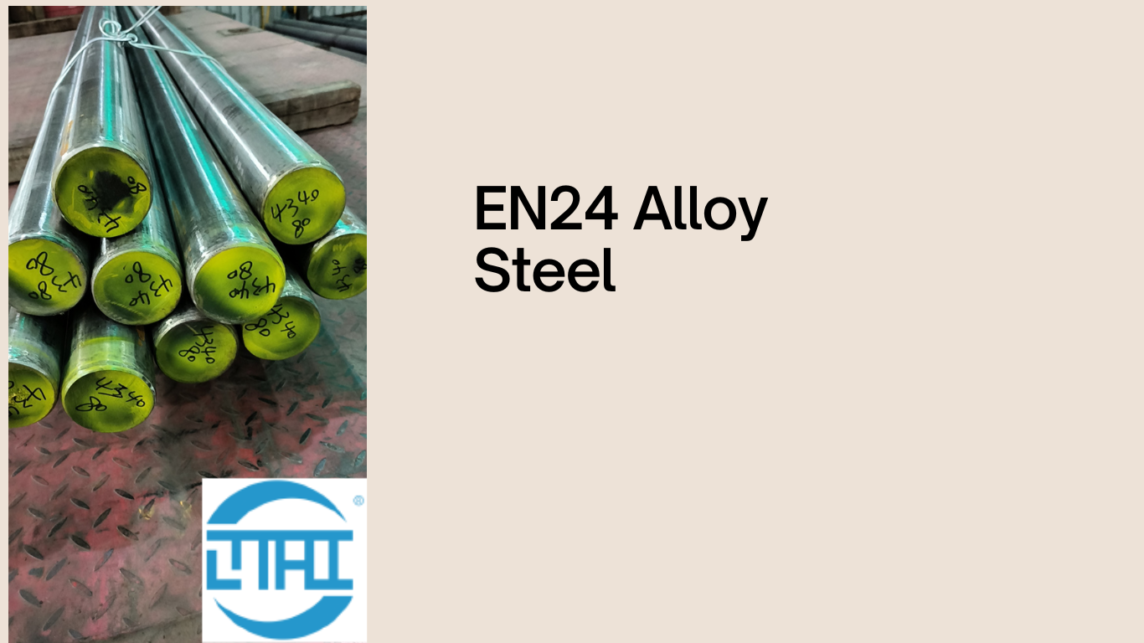Why do you need to understand EN24 steel?
EN24 alloy steel is known for its exceptional mechanical properties, making it a popular choice across various industries. Understanding the cost factors associated with EN24 steel is crucial for informed decision-making in projects. In this comprehensive guide, we will delve into the cost dynamics of EN24 alloy steel, explore the influencing factors, compare its costs with alternative materials, and highlight the long-term economic benefits of choosing this high-strength steel.
 Understanding EN24 Alloy Steel
Understanding EN24 Alloy Steel
EN24 is a hardened and tempered steel alloy with exceptional strength. This grade, which combines nickel, chromium, and molybdenum, has excellent ductility, wear resistance, and tensile steel strength. EN24 is appropriate for a range of elevated temperature applications due to its comparatively good impact qualities at low temperatures.
Factors Influencing the Cost of EN24 Alloy Steel
-
Affected by the economic cycle
Economic cycles have a significant impact on the steel industry as steel is a global commodity. Domestic and international steel prices are interconnected, and when global steel prices rise, domestic costs cannot continue to decline. The global financial crisis of 2008 resulted in a sharp drop in steel prices. The steel industry’s development is closely linked to the nation’s economic growth and the demand for steel consumption.
During periods of rapid economic growth, there is a substantial market demand for steel products, leading to price increases. Conversely, when the country’s economy enters an adjustment phase, steel product prices tend to decrease. These economic fluctuations play a pivotal role in shaping the steel industry’s trajectory.
-
The impact of supply and demand on the cost of EN24 alloy steel
The market price of any commodity, including steel goods, is heavily influenced by the state of supply and demand. This is particularly true for the steel industry, where demand has been gradually rising for years due to the discovery of new uses for this miracle metal. To determine the appropriate price for a pound of steel, financial analysts take into account not only the existing supply and demand but also projections and patterns. Customers should so closely watch the dynamics of supply and demand for steel products and look into how their prices have changed.
-
Technical level requirements
One important aspect influencing the cost of steel goods is their technical level. Three factors primarily influence how much technological advancements affect the price of steel products: first, how they affect the production process and subsequently how much they cost; second, how they produce alternatives to steel, which lowers the demand for steel; and third, how they cause steel products to be substituted for other materials, which raises the demand for steel.
-
Transportation and labor costs
Although goods made locally are typically less expensive, this isn’t always the case. The cost of shipping and transportation into and out of South Africa varies significantly based on a number of factors, including the season, the value of the Rand, and various political conditions. However, there has been pressure on the manufacturing sector to employ local materials when importing steel, or the raw materials needed to make it may occasionally be less expensive than making it internally. Jobs are created when manufacturers are encouraged to “shop locally,” but labor prices may go up as a result.
-
Comparing Costs: EN24 vs. Other Materials
EN24 alloy steel offers a compelling case for cost-effectiveness when compared to alternative materials with similar properties. Through detailed cost comparisons, it becomes evident that the initial investment in EN24 steel can lead to substantial long-term economic benefits. These include enhanced durability, reduced maintenance costs, and improved performance.
Where to Source EN24 Alloy Steel
Sourcing high-quality EN24 alloy steel is paramount for project success. Reputable suppliers and manufacturers play a crucial role in ensuring the quality and reliability of the material. By selecting a trusted supplier, you can confidently proceed with your project, knowing that the material meets the required standards.
Conclusion
In conclusion, understanding the cost of EN24 alloy steel is vital for making informed decisions in various industries. By exploring the factors influencing its cost, comparing it to alternative materials, and recognizing its economic benefits, you can harness the full potential of EN24 steel for your projects. The long-term savings and improved performance make EN24 a cost-effective choice in the world of materials engineering.
